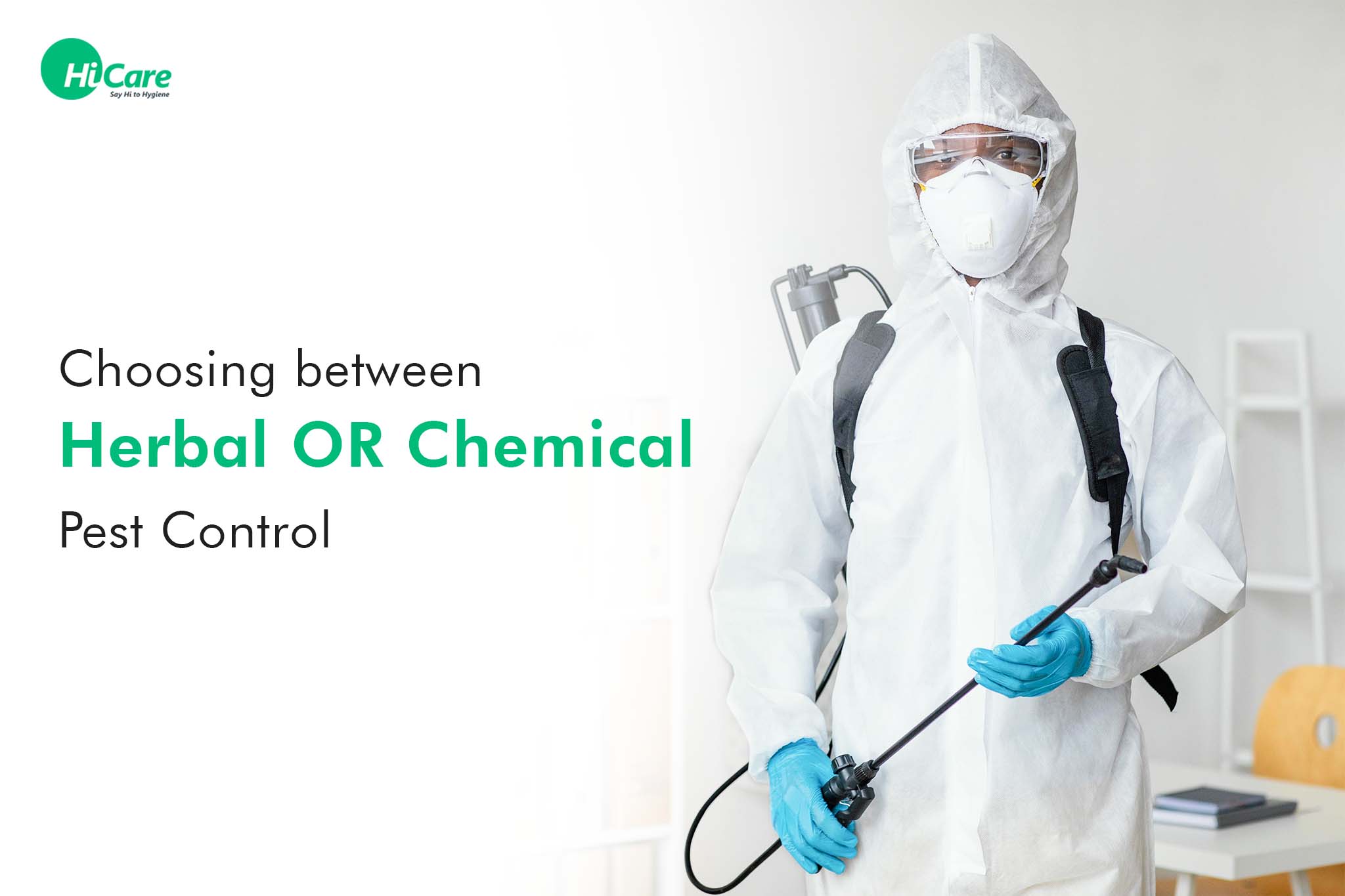Bed Insect Therapy Break Down: Contrasting Chemical Vs. Non-Chemical Solutions
In the realm of bug control, particularly when managing the persistent issue of bed bugs, the selection between chemical and non-chemical treatment options can be a crucial one. Both strategies provide unique benefits and downsides, affecting variables such as effectiveness, security considerations, and general price. By analyzing the nuanced details of each technique, a clearer understanding of which path to go after in resolving a bed pest infestation can be attained.
Effectiveness of Chemical Therapies
Chemical therapies for bed bug infestations have actually been commonly recognized for their fast and potent efficacy in eradicating these pests. When taking into consideration the efficiency of chemical treatments, it is critical to comprehend that they can provide a fast and comprehensive solution to a bed insect problem.
Additionally, chemical therapies have the advantage of offering residual results, implying that they can proceed to get rid of bed pests even after the first application. This residual action is particularly helpful in combating any prospective re-infestations. In addition, the rapid action of chemical therapies can bring relief to individuals dealing with extreme bed bug invasions, permitting them to regain control of their living areas promptly.
Security Worries With Chemical Solutions
One vital aspect that requires mindful consideration when making use of chemical solutions for bed pest therapy is making sure the security of residents and the environment. Exposure to particular chemicals made use of in bed bug therapies can lead to breathing problems, skin irritability, or other adverse responses, specifically in individuals with pre-existing problems or sensitivities.
Moreover, the environmental effect of chemical solutions is one more significant consideration. Some chemicals made use of in bed bug therapies may be dangerous to advantageous pests, wild animals, and ecological communities if they seep right into the dirt or water systems. It is vital to use chemical treatments carefully, adhering to safety guidelines, and considering less harmful options to alleviate these risks and make certain the effective and safe administration of bed pest problems.
Advantages of Non-Chemical Strategies
Considering the potential security worries and ecological effect related to chemical options for bed pest therapy, checking out non-chemical techniques offers a promising alternative with several distinct advantages. Non-chemical techniques use a safer option for homes, especially those with children, pets, or people conscious extreme chemicals. These methods eliminate the dangers of exposure to poisonous compounds, decreasing the potential for unfavorable health impacts. Moreover, non-chemical treatments are eco pleasant, as they do not contribute to air or water pollution, making them a lasting choice for bug control.
Furthermore, non-chemical remedies can be reliable in targeting bed bugs, consisting of hard-to-reach locations where chemical treatments may not pass through. Techniques such as warmth treatment, vacuuming, heavy steam cleansing, and bed mattress coverings provide complete removal without making use of dangerous chemicals. Moreover, non-chemical techniques can be much less turbulent, requiring marginal preparation and enabling for quicker reentry right into dealt with locations. Generally, choosing for non-chemical bed pest treatment approaches not only focuses on safety and security and ecological protection yet also guarantees reliable and detailed parasite control.
Limitations of Non-Chemical Treatments

Furthermore, non-chemical therapies often need numerous applications to achieve successful removal. This can be lengthy and use this link might not constantly guarantee complete elimination of all bed bugs and their eggs, especially in hidden or hard-to-reach locations.
Additionally, the success of non-chemical treatments heavily counts on proper implementation and thoroughness, which can be challenging for individuals without professional competence. Inadequate application of non-chemical techniques may cause insufficient obliteration, leading to persistent infestations and the need for extra therapies.
Therefore, while non-chemical treatments have their advantages, it is vital to acknowledge these restrictions and consider them when identifying the most efficient technique for handling bed insect invasions.
Expense Contrast: Chemical Vs. Non-Chemical Options
Offered the restrictions connected with non-chemical treatments, an important aspect to examine in the context of bed insect administration is the cost contrast between chemical and non-chemical alternatives. Chemical treatments generally involve the application of pesticides by experts, which can vary from $250 to $900 per area, relying on the seriousness of the infestation and the dimension of the area to be dealt with. In contrast, non-chemical therapies like warm treatment or vapor can be a lot more costly, with costs varying from $1,000 to $6,000 for an entire home. While the first price of chemical therapies may appear lower, several treatments may be called for to completely eradicate the invasion, possibly raising the overall expense. On the various other hand, non-chemical alternatives may give a more environmentally friendly and lasting solution, although they can be cost-prohibitive for some individuals. Inevitably, when thinking about the price of bed pest treatment alternatives, it is essential to consider the upfront expenditures against the performance and long-term sustainability of the selected approach.
Verdict

Considering the prospective safety and security issues and ecological influence linked with chemical solutions for bed bug treatment, exploring non-chemical techniques offers an encouraging alternative with several distinct benefits.Given the restrictions connected with non-chemical treatments, a crucial element to evaluate in the context of bed bug management is the cost comparison between chemical and non-chemical choices. In comparison, non-chemical therapies like warm therapy or this heavy steam can be extra expensive, with costs ranging from $1,000 to $6,000 for a whole home. you could check here While the first price of chemical therapies might appear reduced, several treatments may be required to completely remove the invasion, potentially increasing the overall cost.In conclusion, when contrasting chemical and non-chemical bed pest therapy choices, it is vital to take into consideration performance, safety and security, benefits, restrictions, and cost.